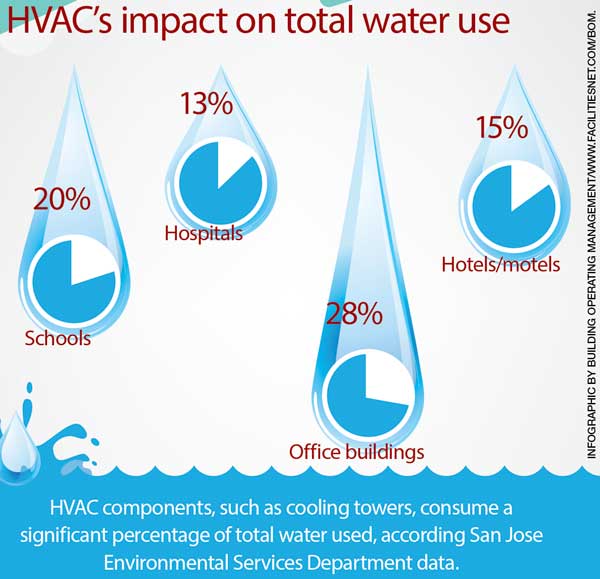The Ultimate Guide To Comprehending Warmth Pumps - Just How Do They Function?
The Ultimate Guide To Comprehending Warmth Pumps - Just How Do They Function?
Blog Article
https://cost-of-replacing-home-ac43443.bloggerswise.com/35975794/taking-full-advantage-of-comfort-and-financial-savings-tips-for-optimizing-your-heat-pump-efficiency Produced By-Steenberg Singer
The most effective heatpump can conserve you considerable quantities of money on power costs. They can also help in reducing greenhouse gas emissions, particularly if you make use of electricity in place of nonrenewable fuel sources like gas and home heating oil or electric-resistance furnaces.
Heatpump function quite the like air conditioners do. https://cost-of-multi-family-wate36801.mdkblog.com/35015735/optimizing-convenience-and-savings-tips-for-optimizing-your-heatpump-efficiency makes them a feasible alternative to traditional electrical home heater.
Exactly how They Function
Heat pumps cool down homes in the summer and, with a little assistance from power or gas, they offer some of your home's home heating in the winter months. They're a good choice for people who wish to reduce their use of nonrenewable fuel sources yet aren't ready to change their existing heater and air conditioning system.
They count on the physical fact that also in air that seems as well cool, there's still energy existing: warm air is always moving, and it intends to move right into cooler, lower-pressure settings like your home.
The majority of ENERGY STAR accredited heat pumps run at near to their heating or cooling capability throughout the majority of the year, lessening on/off cycling and saving energy. For the very best efficiency, focus on systems with a high SEER and HSPF rating.
The Compressor
The heart of the heat pump is the compressor, which is additionally referred to as an air compressor. This mechanical moving device utilizes potential energy from power development to increase the stress of a gas by reducing its volume. It is different from a pump in that it only services gases and can not deal with fluids, as pumps do.
Atmospheric air gets in the compressor with an inlet shutoff. It travels around vane-mounted arms with self-adjusting length that divide the interior of the compressor, producing multiple tooth cavities of differing size. The blades's spin forces these cavities to move in and out of phase with each other, compressing the air.
The compressor pulls in the low-temperature, high-pressure refrigerant vapor from the evaporator and compresses it right into the hot, pressurized state of a gas. This procedure is duplicated as required to provide heating or cooling as needed. The compressor also consists of a desuperheater coil that reuses the waste warm and adds superheat to the cooling agent, transforming it from its fluid to vapor state.
The Evaporator
The evaporator in heatpump does the same point as it performs in refrigerators and a/c unit, transforming liquid refrigerant right into an aeriform vapor that gets rid of heat from the area. Heat pump systems would certainly not work without this critical piece of equipment.
This part of the system is located inside your home or structure in an interior air handler, which can be either a ducted or ductless unit. https://ktar.com/story/4364675/blowing-off-your-acs-compressor-maintenance-now-will-cost-more-later/ has an evaporator coil and the compressor that presses the low-pressure vapor from the evaporator to high pressure gas.
Heat pumps take in ambient warm from the air, and then use electrical energy to move that heat to a home or company in heating setting. That makes them a lot more power effective than electric heating systems or furnaces, and because they're making use of clean electricity from the grid (and not melting fuel), they additionally generate far fewer discharges. That's why heatpump are such fantastic environmental options. (In addition to a significant reason they're becoming so popular.).
The Thermostat.
Heatpump are wonderful alternatives for homes in cool climates, and you can utilize them in mix with typical duct-based systems or perhaps go ductless. They're a great alternate to nonrenewable fuel source heating unit or standard electric heating systems, and they're extra sustainable than oil, gas or nuclear cooling and heating devices.
Your thermostat is one of the most essential part of your heat pump system, and it works extremely differently than a conventional thermostat. All mechanical thermostats (all non-electronic ones) job by utilizing compounds that change dimension with boosting temperature level, like coiled bimetallic strips or the expanding wax in a cars and truck radiator shutoff.
These strips include two various sorts of metal, and they're bolted with each other to develop a bridge that finishes an electric circuit attached to your HVAC system. As the strip obtains warmer, one side of the bridge broadens faster than the other, which causes it to bend and signify that the heating unit is needed. When the heatpump is in heating setting, the reversing valve reverses the flow of refrigerant, so that the outdoors coil currently operates as an evaporator and the indoor cylinder becomes a condenser.